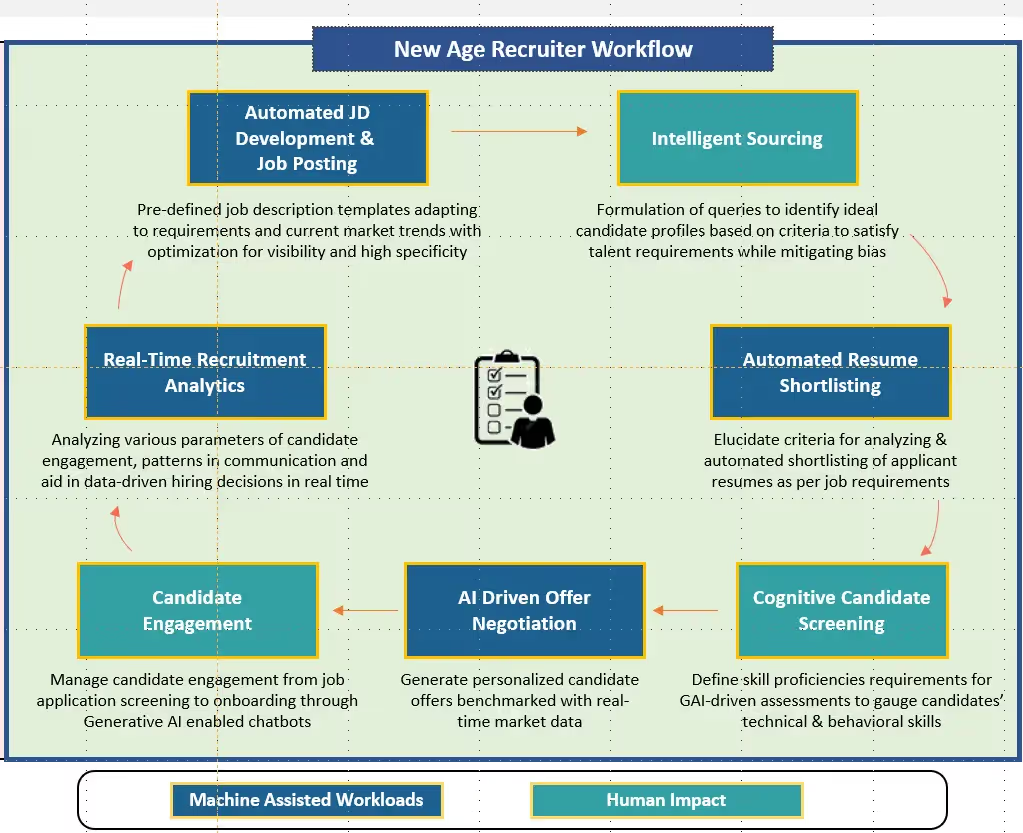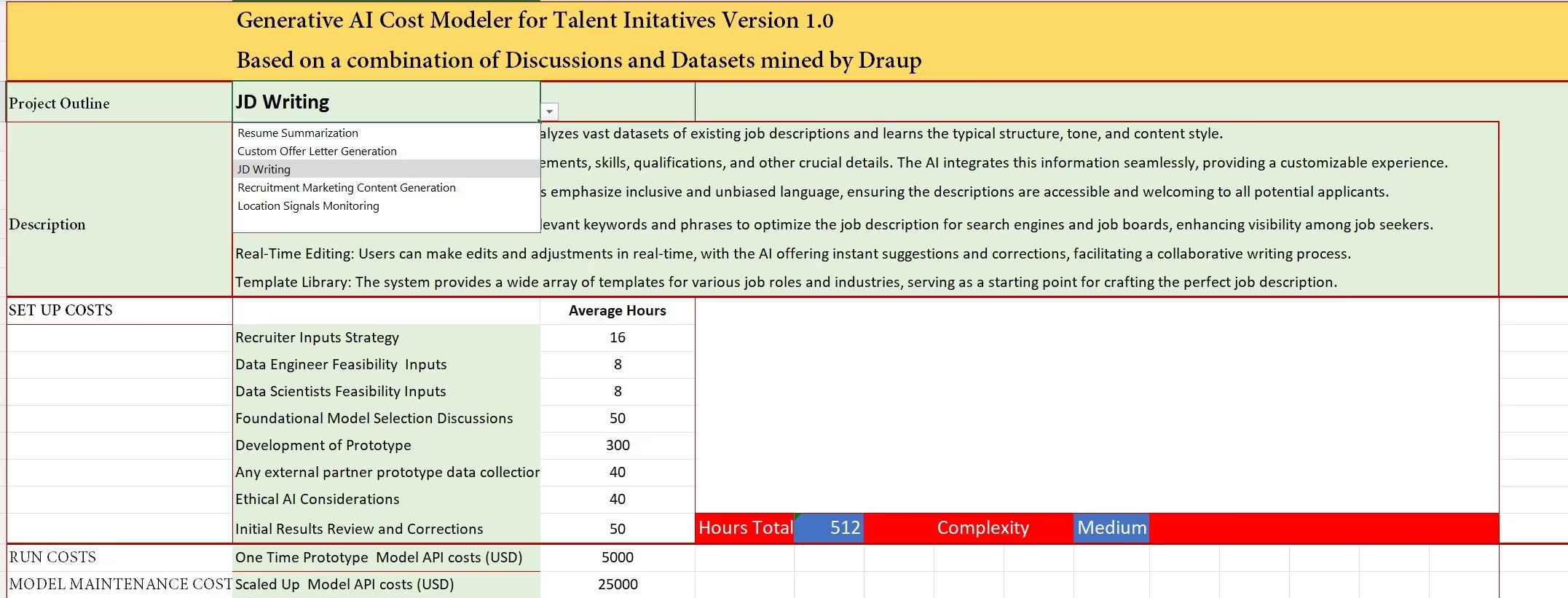The Indispensable Role of Human Judgment in an Era of Technological Advancement
The United States Navy stopped training its officers in celestial navigation in the early 2000s, as GPS became the standard method for navigation. However, in 2016, the Navy announced it would bring back celestial navigation training. Celestial navigation is a centuries-old method that uses celestial bodies’ positions to determine a ship’s position on the globe. It is a more complex and time-consuming navigation method than GPS, but also more reliable and secure. The Navy’s decision to bring back celestial navigation training is a sign of the growing importance of human judgment and expertise in navigation. In a world where technology is becoming increasingly complex, it is more important than ever for humans to think critically and make decisions in difficult situations.
I found an interesting white paper on The Characteristics and Geographic Distribution of Robot hubs this weekend. One of this paper’s key findings is that establishments with robots tend to be larger, have higher earnings per worker, have a larger share of production workers, and spend more on capital expenditures than establishments without robots. (Brynjolfsson, Erik, Catherine Buffington, Nathan Goldschlag, J. Frank Li, Javier Miranda, and Robert Seamans. “The Characteristics and Geographic Distribution of Robot Hubs in U.S. Manufacturing Establishments.” Working Paper CES-WP-23-14, U.S. Census Bureau, Center for Economic Studies, 2023.)
All of this is to say that the human role will continue to be critical in transformative companies. This does not mean we can continue to operate in the status quo. Workforce planners should be proactive in identifying areas of work with respect to the future of work. Several interesting new areas are emerging for companies to consider. Here are a few that we found interesting.
Affective Computing: Affective computing is the study and development of systems and devices that can recognize, interpret, process, and simulate human affects. It is an interdisciplinary field spanning computer science, psychology, and cognitive science. Affective computing systems can be used to create more natural and intuitive HCI experiences. For example, an affective computing system could detect users’ frustration and adjust the interface accordingly.
Lifelong Kindergarten: From the MIT Lab. The Lifelong Kindergarten group develops innovative technologies and cultivates caring communities to engage people from diverse backgrounds in creative learning experiences.
Viral Communications: What makes certain communications click more than others? Scalable Communications systems (companies can create new jobs around this area)
Personal Robots Research: The Personal Robots group bridges the gap between intelligent personified technologies and human collaborative behavior.
From future sketches to human dynamics, the opportunities are immense.
And the role of Recruitment will be crucial as we think about next-generation roles. In a recent seminar, I presented this workflow to show that certain tasks within the Recruiter workflow will be Machine Assisted and how Humans will dominate certain tasks. (this workflow only plots the tactical steps of Recruitment and not the strategic aspects of Talent Intelligence that many Recruiters have also started doing)

We’re at the forefront of an innovative analysis approach that prioritizes workloads in location-based decisions. For instance, when it comes to Software Design, it’s essential to examine it within three clusters: Design, Design with AI/ML, and Design with Generative AI. This kind of dynamic applies to all job categories. We’re preparing a paper on this topic as a part of our European study.











.svg)




















.svg)





.svg)
